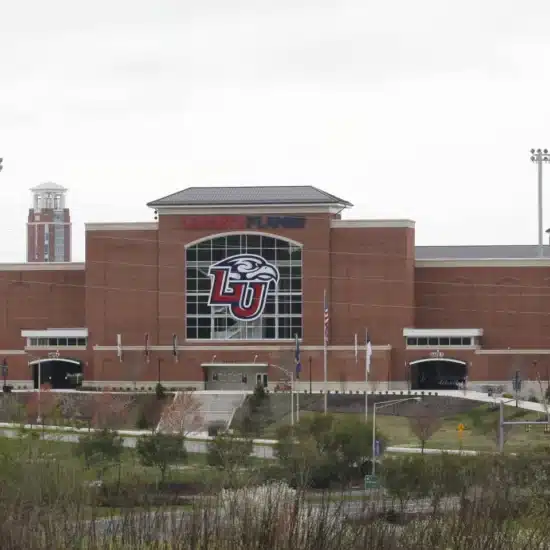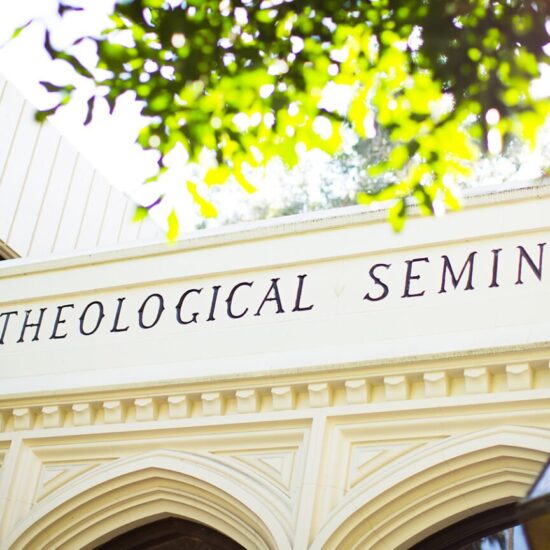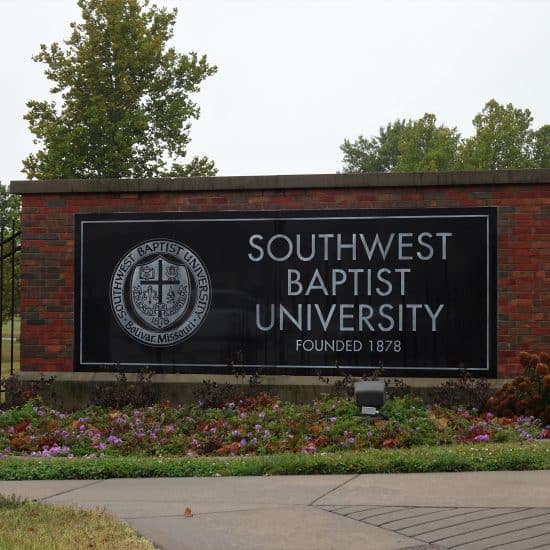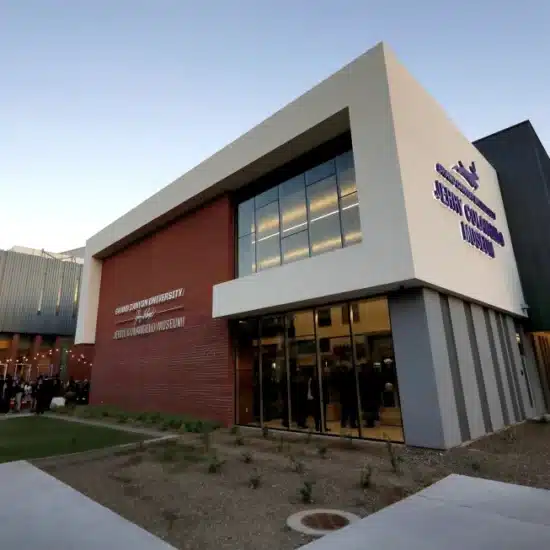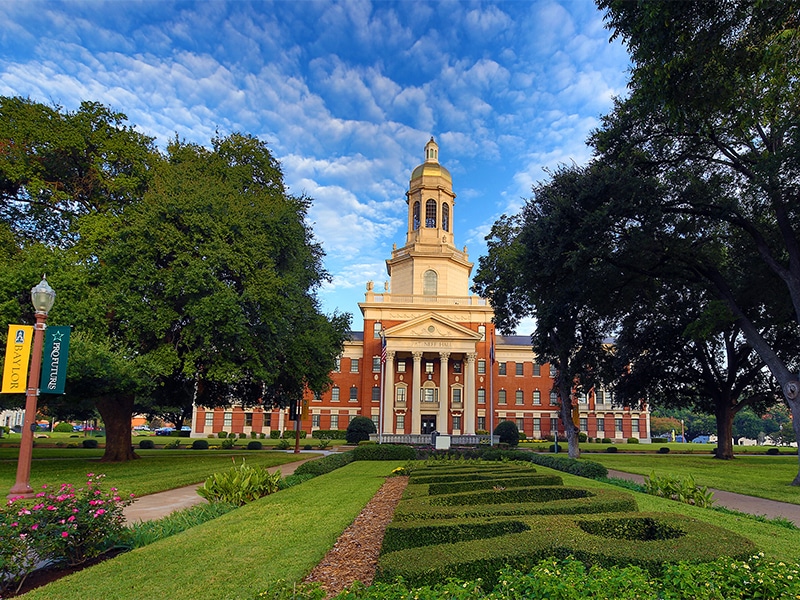
“If you do this, Baylor will be on the same road as Harvard, Princeton, and Yale,” explained Baylor University trustee Hal Boone.
His statement was not aspirational but cautionary. While those schools enjoyed stellar academic reputations, they also began as Christian institutions that had long ago shed their confessional stances. Boone’s rather unsubtle warning was clear: The decision before the trustees was about Baylor’s Baptist identity.
That debate unfolded in the fall of 1990. Fearful that Baylor would be overtaken by the fundamentalist wing of the Southern Baptist Convention, the board preemptively sought its freedom from the Baptist General Convention of Texas (the only state SBC convention at the time). Going forward the denomination would only appoint 25% of Baylor’s board, an arrangement that remains in place today. That move protected Baylor as other Southern Baptist schools in Texas and across the country saw new convention-elected trustee boards fire professors and create new creedal requirements for faculty to sign.
While procedurally settled, the debate over Baylor’s self-understanding raged on. It re-emerged a decade later amid athletic scandal and new accusations of doctrinal tests. As one chronicler aptly described the controversy, “It’s the difference between being a good school in a Christian environment and a good Christian school. And it’s a big difference.”
Another decade brought another round of the debate, as former Bill Clinton prosecutor (and future Donald Trump defender) Ken Starr was removed as president for overlooking and mishandling claims of sexual harassment and assault, especially those involving football players. Yes, the man who wrote in graphic detail about presidential “encounters” lost his job for not investigating sexual misconduct.
While the hiring of Starr had prompted questions about his engagement in partisan politics and his non-Baptist background, his firing sparked an even stronger debate about the school’s identity. As Washington Post reporter Michelle Boorstein wrote at the time, it raised the question of “is there a conflict between being a religious school and trying to be a major athletic powerhouse?” Baylor’s own goal from its Starr wasn’t the last time this conversation erupted.
The debate about institutional identity arose again earlier this month when Baylor achieved a long sought goal: being classified as a “Research I” university, an exclusive status shared by fewer than 150 other schools based on the resources devoted to research activity.
“As a Christian university, there are not a lot of those among the R1 universities that are not only doing the highest level of research in the country but also maintaining the integrity of their Christian mission and really thinking about how our faith community, our faith perspective informs the research we’re doing and informs how we solve problems,” announced Baylor University President Linda Livingstone in a celebratory statement.
 In this edition of A Public Witness, we study the newest debate over the supposed tension between Baylor’s Christian commitments and a research emphasis. We also quiz what this false dichotomy teaches us more broadly about Christian integration of the head and the heart.
In this edition of A Public Witness, we study the newest debate over the supposed tension between Baylor’s Christian commitments and a research emphasis. We also quiz what this false dichotomy teaches us more broadly about Christian integration of the head and the heart.
NOTE: The rest of this piece is only available to paid subscribers of the Word&Way e-newsletter A Public Witness. Subscribe today to read this essay and all previous issues, and receive future ones in your inbox.

